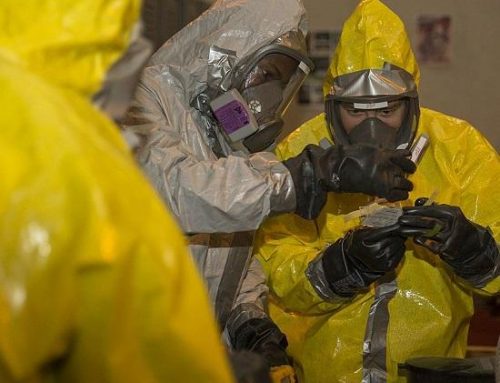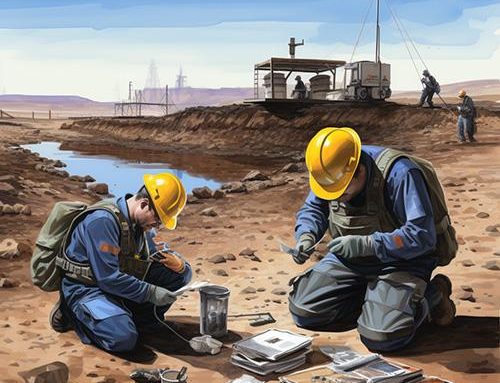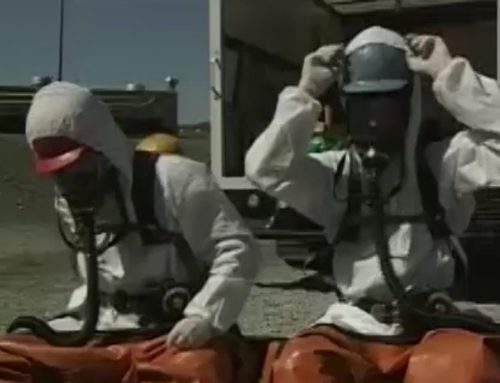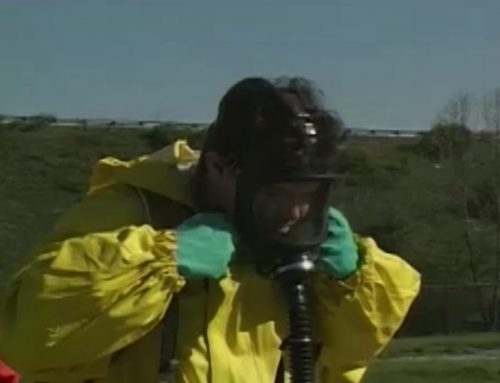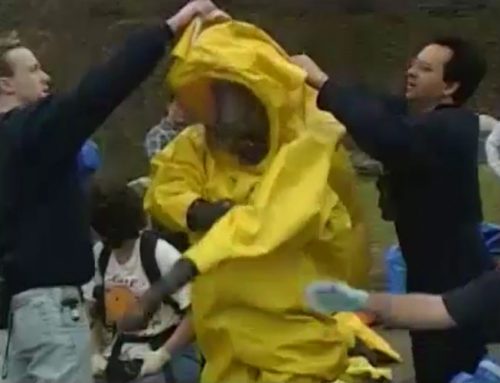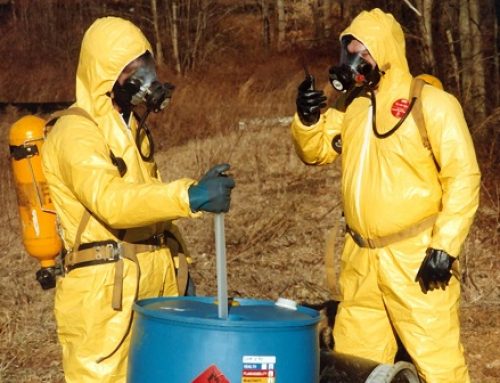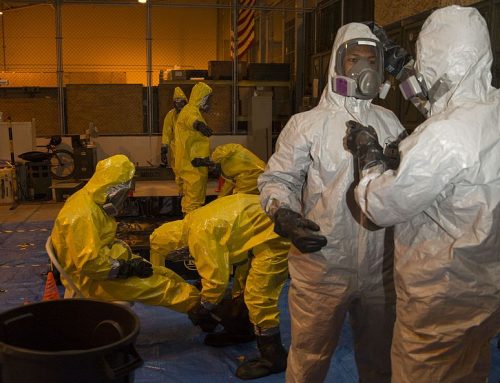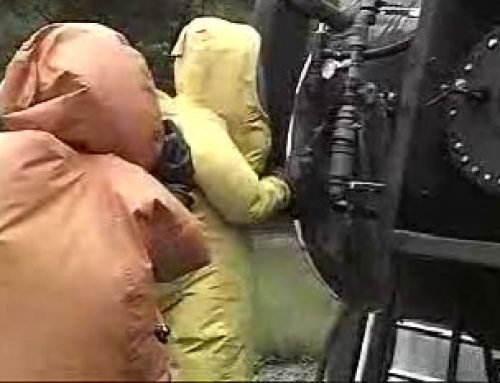How Laws and Regulations Work
Congress passes laws that govern the United States. To put those laws into effect, Congress often authorizes government agencies such as OSHA, EPA, and DOT to create and enforce regulations.
Step 1: Congress passes a bill.
Step 2: Upon approval by both Houses of Congress, the bill goes to the President, who either signs the bill into law or vetoes it. If the bill is signed into law the law is called an act, and the text of the act becomes known as a public statute.
Step 3: The text of the law is standardized and published in the United States Code (USC). The United States Code is the official record of all federal laws.
Laws often do not include all the details and day-to-day actions or practical steps necessary to enforce the law. Congress authorizes government agencies such as OSHA, EPA, and DOT to create and enforce regulations based on the law. For example, with respect to HAZWOPER regulations, it is OSHA that creates the regulations that tell workers what they must do to become HAZWOPER certified.
An abbreviated version of the rule-making process is as follows: to create a regulation a regulatory agency first studies a particular situation. If deemed necessary, the agency then proposes a regulation. The proposal is published in the Federal Register to give the public the opportunity to submit their opinions. After the agency considers all the comments it may revise the regulation as appropriate and then eventually issues a final rule. Once a regulation is finalized it is printed in the Federal Register as a final rule, and then codified when it is published in the Code of Federal Regulations (CFR).



